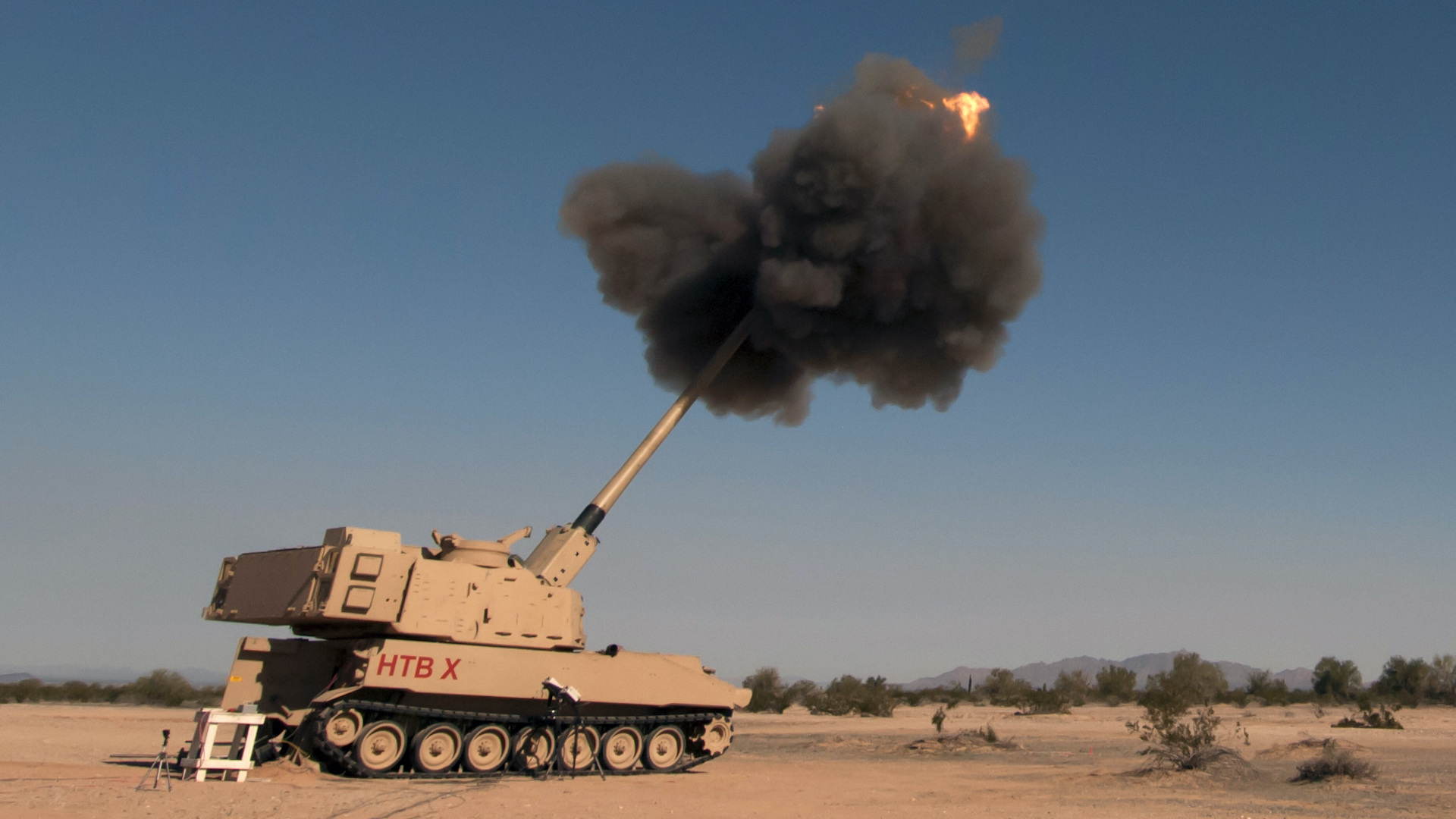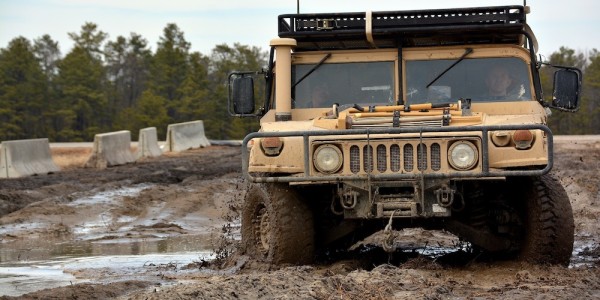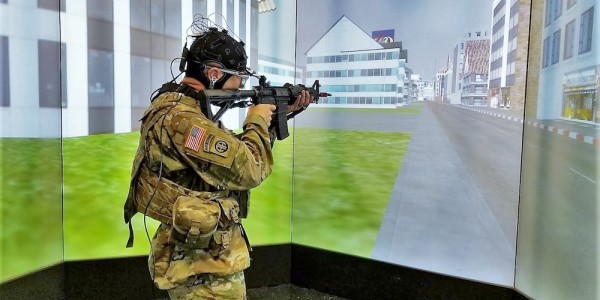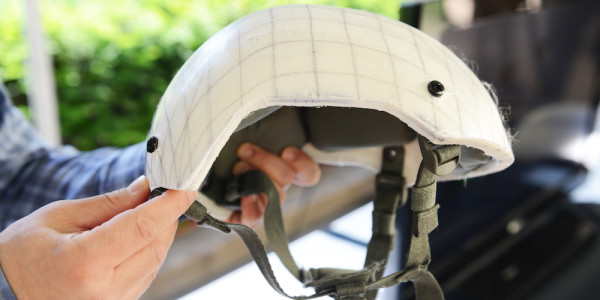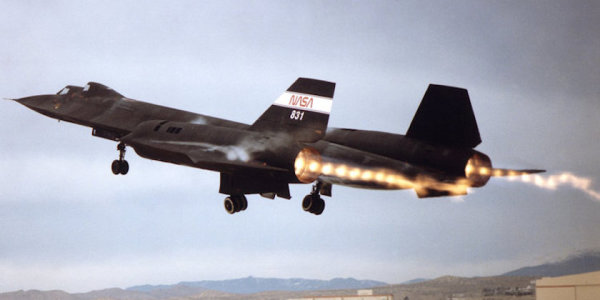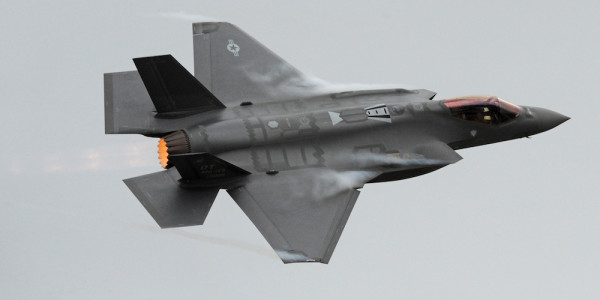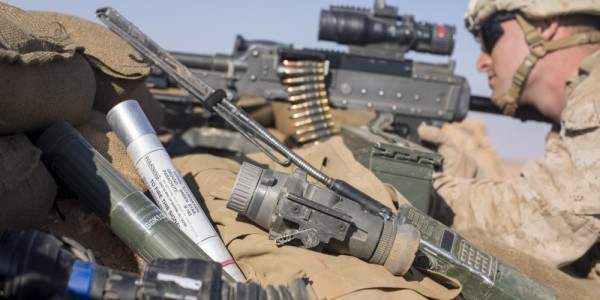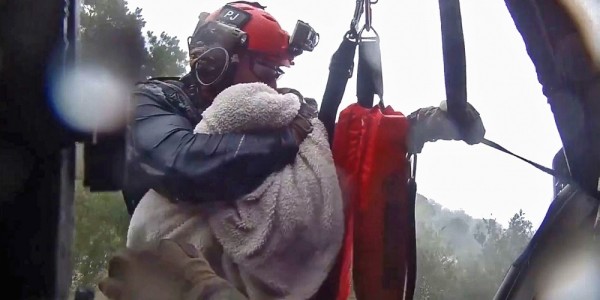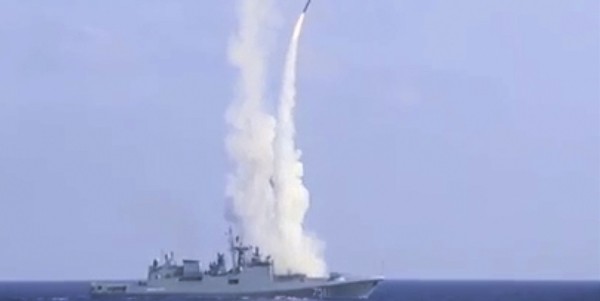Slowly but surely, the Army is ratcheting up the range on its new XM1299 Extended Range Cannon Artillery (ERCA) system, a major step forward for the service’s modernization of its long-range precision fire capabilities.
The service recently fired off a salvo of M982A1 Excalibur guided artillery shells from the ERCA in a test at the Yuma Proving Ground in Arizona, nailing one target at a range of 43 miles (70 km) after a “rocky start,” as Jane’s reports.
That range represents a gradual increase over the 40-mile (65 km) distance that the ERCA covered during a demonstration back in March, during which the system nailed a stationary target with both M982 shells and XM1113 Increment 2 rocket-assisted projectiles.
Developed in response to increasing concerns regarding the long-range precision fire capabilities of near-peer adversaries like Russia and China, the ERCA prototype originally nailed targets with pinpoint accuracy at ranges up to 38 miles (62 kilometers) during testing at Yuma back in March 2019.
“This demonstration is not a destination,” Army program manager for combat artillery systems Col. Tony Gibbs told reporters, per Defense News. “This is really just a waypoint in our ongoing campaign of learning as we work to really realign U.S. supremacy in cannon artillery.
While Army engineers are clearly working overtime to maximize the range of the ERCA, it’s worth noting that all three tests far outstripped the range of both the M109A7 Paladin (18 miles, or 30 km, with a rocket-assisted projectile) and the M777 (25 miles, or 40 km, with a rocket-assisted projectile) howitzers.
“I don’t think our adversaries have the ability to hit a target on the nose at 43 miles,” as Brig. Gen. John Rafferty, the Army official in charge of the service’s long-range precision fires modernization efforts, told Defense News on the day of the most recent test.
As Task & Purpose previously reported, the ERCA will eventually incorporate a fully automated ammo loading system to boost the howitzer’s rate of fire from the standard 3 rounds per minute to a blistering 10 rounds per minute.
BAE received a $45 million contract in 2019 to integrate the new Army cannon into a standard Paladin chassis. According to Defense One, the defense contractor aims to deliver the cannons to a battalion by 2023.
This is all well and good, but what does it actually look like when these specially-designed shells, fueled by supercharged propellant, actually nail their targets downrange? Luckily, we have footage from the ERCA’s March test to relish:

